

Capability Development A platform for
From Managing Asset Data to Decarbonisation; and Future Maintenance Workforce to Work Management Fundamentals
–MAINSTREAM is not your average conference.
Join the MAINSTREAM community for an amazing day of content, networking, knowledge-sharing and fun as we celebrate the people, technology and ideas transforming asset management.
MAINSTREAM acknowledges the Whadjuk Nyoongar people as the Traditional Owners of the lands and waters where PCEC is situated today. We pay our respect to the ancient and continuing cultures and connections to land and to Elders past, present, and emerging.
The
Decreasing Quality and Integrity in Work Management Fundamentals
Misalignment Between Asset Strategy and Company Strategy
Undervaluing the Critical Role of Reliability Engineering
Inadequate Alignment of Safety, Risk management, and Asset Maintenance Plans
Improving EDI Practices and the Promotion of Diversity and Inclusion
Closing the Current Capability and Skills Gap
Securing
Digital
Implementing
Operational
Global
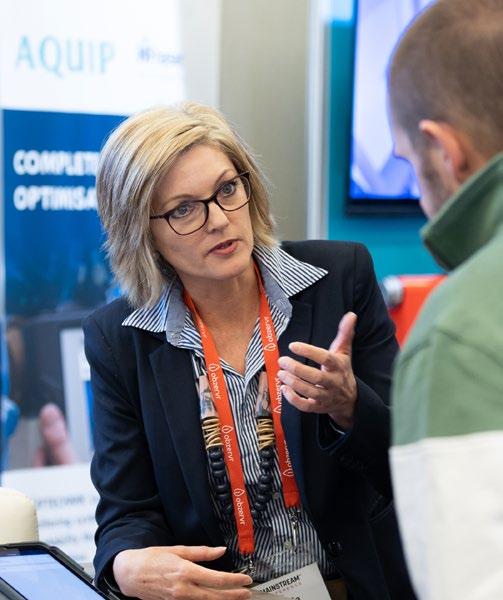

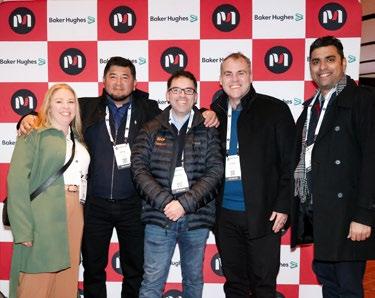

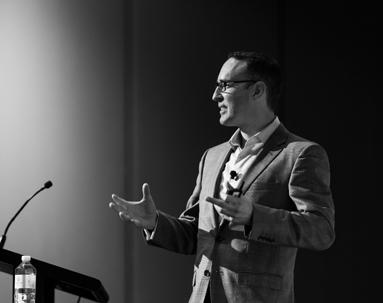
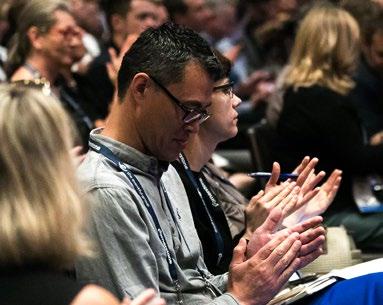
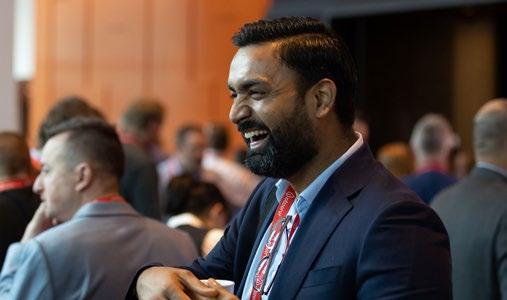
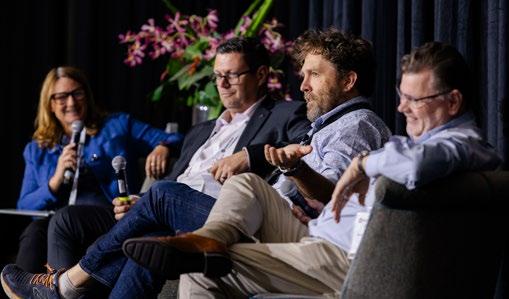
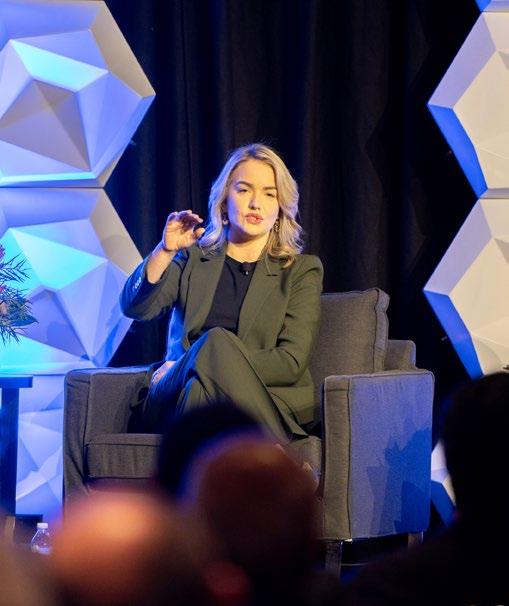
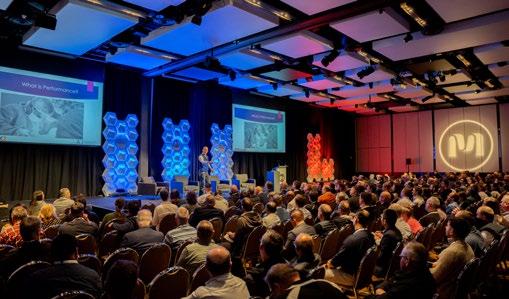


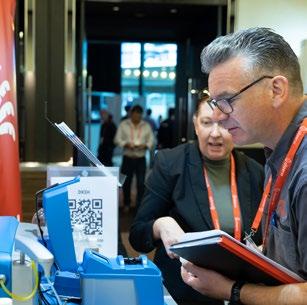
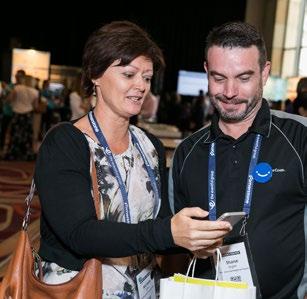
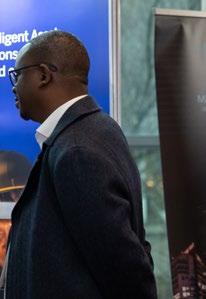



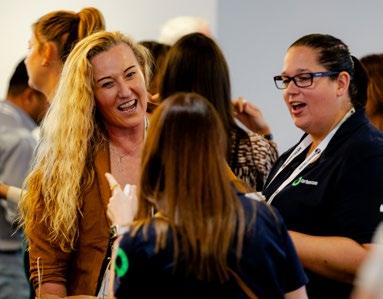
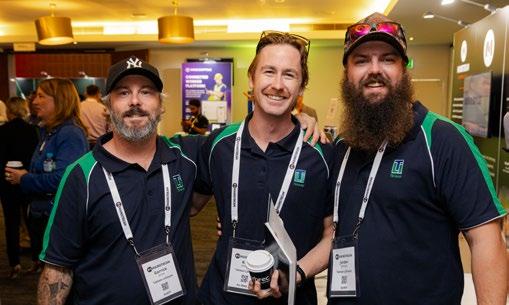


“ MAINSTREAM is the best Asset Management and Reliability Conference in the world.”
Drew Troyer
Group Head of Asset Management Rio Tinto
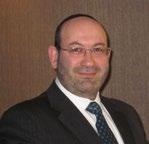
“Just when I think it can’t be better… MAINSTREAM goes to the next level ”
David
Kramer
Head of Asset Management and Reliability Engineering, Downer
Who attends MAINSTREAM?
Actrua
AGL Energy
AiSpanner
Alcoa of Australia
Alcoa WA Mining Operations
Allies for True Change
Anglo American
apt Group
Aquip Systems
ARMS Reliability
Asset Maintenance Group
Asseti
Assetivity
AssetOn Group
Aurecon Australia
Aurizon
Aurora Offshore Engineering
Australia Post
Australian Gas Infrastructure Group
BAE Systems Australia
Baker Hughes
Beach Energy
Bendelta
BetterAIM
BHP
BPD Zenith
Brightly Software Australia
CBH Group
Chevron Australia
Citic Pacific Mining
Cloonmore
Complete Asset Management Solutions
Continuum AI
CopperLeaf Technologies
COSOL
Covalent Lithium
Covaris
CSBP
Curtin University
Dassault Systemes
Electric Mine Consortium
Empathic Consulting
Enerven Energy Infrastructure
Enterprise Improvement Solutions
FIFO Focus
FIFO Mental Health Group
Fluke Corporation
Fortescue
Fremantle Ports
GHD Advisory
Gladstone Regional Council
GMA Garnet
Gold Fields Australia
GreaseBoss
GVS Reliability Products
I&E Systems
IBM Aust/NZ
IFM Efector
Information Quality
Innovapptive
INPEX Operations Australia
Intercom Group
Intertek Australia
Lead Asset Management
Lexin Solutions
Machinemonitor
Macmahon Holdings
Meshed IoT
Mid West Ports Authority
Minset
MIRS Robotics
Monadelphous Group
MyPass Global Australia
Newmont Goldcorp Australia
Newmont Mining Corporation
Northern Star Resources
Nova Energy Consulting
NVMS Solutions
Obzervr
Oji Fibre Solutions
Pilbara Ports Authority
PM Eleven
Predge AB
Prometheus Group
Prospecta Software Australia
PT. Freeport Indonesia
Public Transport Authority of WA
RedEye Apps
Reduxo
Rewiring Australia
Rio Tinto Dampier Salt
Rio Tinto Iron Ore
Rizing – a Wipro Company
RM Surveys
RocketDNA
Rockfield Technologies Australia
Roy Hill
RPMGlobal
SAP Australia
Saputo Dairy Australia
Schlam Payload
Scope Systems
Signavio
SimpleMDG
Skand
South32 Pty Ltd
Southern Ports – Albany
Southern Ports – Port of Esperance
Sphera Solutions
Structural Integrity Engineering
Sydney Water
Synergy Group Australia
Talison Lithium
Tianqi Lithium Energy Australia
Transdev Australasia
Unitywater
University of Western Australia (UWA)
Verbrec
Virgin Australia Regional Airlines
Water Corporation of WA
WesCEF
Wesfarmers Kleenheat Gas
Wespine Industries
West Coast Eagles
Western Power
WesTrac
Wipro Technologies
Wood PLC (Australia)
Woodside Energy
Work Management Solutions
06/03
Thursday
O7:15 – 08:00
• Registration, Networking & Expo
08:00 – 17:00
• Summit Opening
• A sset Stage
• M aintenance Stage
• Reliability Stage
• Root Cause Stage
• Technology Stage
• Education Pavilion
17:00 – 18:30
• N etworking Drinks, Canapes & Expo
07/03
Friday
O7:30 – 08:00
• Arrival Tea & Coffee
08:00 – 15:00
• Workshops (Separately Bookable)
Agenda Overview
Brilliant Content. Capability Development. Incredible Networking.
Curated Content Across 5 Tracks
Access to all Keynotes, Breakouts and Demos
Lunch, Morning & Afternoon Teas
The Networking Function
Mobile App
Year-round membership to MAINSTREAM Community Online Platform
Searchable Attendee List
Access to all Content After the Event
Everyone Learns
MAINSTREAM offers you SIX different formats for learning, capability development, interactivity, and knowledge.
1
Keynotes
50 mins
Strategic discussion on industryshaping challenges. Thought-provoking sessions that tackle broad issues.
2
Case Studies
35 mins
Practitioners share their perspectives and battle-tested approaches to business challenges, revealing triumphs, lessons learned, and tangible results.
3
Innovation Theatre
10 mins
Rapid-fire demonstrations, new solutions showcasing the latest apps, products, and technologies poised to transform asset, equipment, and workforce management.
Workshops
6 hours
4
Separately bookable, these intensive and hands-on experiences are led by subject matter experts, equipping you with practical skills and insights to elevate your professional capabilities.
5
Interactive Panels
50 mins
Panellists from different companies and industries collide with varied viewpoints and diverse perspectives and experiences.
Building Tomorrow’s Maintenance Leaders: The Power of People and Competencies
The current landscape demands that Maintenance and Reliability leaders possess a unique blend of technical, analytical, and interpersonal skills. This panel discussion will highlight the critical role of people and competencies in shaping effective M&R leadership. By focusing on the development and integration of these competencies, M&R leaders can drive operational excellence, enhance safety, and ensure sustainable practices within their organizations.
Operational Efficiency Through Competence – implementing effective maintenance strategies such as preventive, predictive, and corrective maintenance. This session will explore how advanced technical skills and data-driven decision-making improve maintenance processes and operational efficiency.
Leadership and Team Development – our people are at the heart of maintenance and reliability success. How can excel in building and leading high-performing teams, build strong communication, conflict resolution, and mentoring skills. This session will delve into strategies for developing these crucial leadership skills. People and competencies are the cornerstone of effective Maintenance and Reliability leadership. By developing a comprehensive skill set and fostering a strong team culture, to significantly enhance operational efficiency, safety, and sustainability.
This panel will provide insights from industry experts on how to cultivate these competencies, offering practical advice and best practices for current and aspiring leaders. Join this discussion highlighting the critical importance of people and competencies in the maintenance and reliability field and learn how to lead your team to success in an ever-evolving industrial environment.




Kass Nofz GM Asset & Materials Management, Fortescue
Manuel Cifuentes
Head of Maintenance Strategy Governance, BHP Drew Troyer
Group Head of Asset Management, Rio Tinto
Karen Bradshaw (fmr) VP People & Engagement Gold Fields
The Critical Asset We're Failing to Maintain
While capital assets are meticulously built and designed to return their value proposition, almost criminally, the same rigour is often neglected for our most vital asset: our people. Through engaging, real-life experiences and stories – including as a Gulf War Commander - John will highlight the need for intentional investment in Maintenance and Reliability people. This will set the stage for ongoing conversation, debate, and reflection at MAINSTREAM.
• Assets are built to do what we intend for them to do.
• People are to be trained at the highest level to perform at that level.
• We should have higher expectations of ourselves and others.
John is a best-selling author and the creator of the Certified Professional Reliability Engineer certification program. He has more than three decades of Maintenance and Reliability experience. He is a former Captain in the United States Air Force, a commander of the F-111F Field Training Detachment, and a Gulf War veteran. He is also a college professor at North Carolina State University’s Maintenance and Reliability Management (MRM).

Dr John Ross CEO, Maintenance Innovators (US)
Elevating Mental Health with Innovative Workwear
In this inspirational keynote session, Dan Allen and Ed Ross, Co-founders of TradeMutt and TIACS, will tell their story on why they hung up the nail bag and went about shaking up the workwear industry.
You’ll hear how a very personal event inspired this duo to change the culture when it comes to the issue of mental health conversations within a community traditionally adverse to such discussions. Learn how Australia’s biggest Social Impact workwear company has reframed the conversation around mental health to a more accessible, fun, and optimistic one.
You’ll hear about their amazing journey as they took necessary traditional safety garments and redesigned them to provoke discussions on mental health.
They’ll discuss how this formed the creation of a free and ongoing counselling service aimed at guiding those struggling with mental health via text and call. Their journey has enabled TIACS to successfully help thousands of tradies, truckies, rural and blue-collar workers.


Ed Ross Founder, TradeMutt
Dan Allen Founder, TradeMutt
Decarbonising your Assets: Opportunities for Maintenance & Reliability Success
Let’s face it – decarbonisation is shaking things up in Western Australia’s industrial landscape. But guess what? It’s not just about challenges – it’s packed with opportunities for maintenance and reliability pros like us!
This panel will cut through the noise and get real about what this means for Maintenance and Reliability professionals. How are companies really adapting (some smoothly, others… not so much) and what it means for your day-to-day work and future career moves.
What’s in it for you?
• Get the inside scoop on which skills will be hot property in the low-carbon economy
• Learn practical tips for adapting your maintenance strategies
• Find out how some companies are actually saving money while going green
• Network with others who are riding this decarbonisation wave
• The good, the bad, and the ugly of new technologies
• Care er opportunities you might not have thought about
• How to get ahead of the curve and position yourself as a green maintenance leader
No lectures – just straight talk, real experiences, and actionable insights. Bring your questions, challenges, and an open mind.


Sinead Booth
Group Manager Decarbonisation Delivery, Fortescue
Jeremy Campbell-Wray Strategic Accounts and Enterprise Growth Market Director, Baker Hughes
Confronting Asset and Equipment Data Challenges Head On
Maintenance and reliability professionals are increasingly turning to data-driven approaches to enhance operational efficiency and asset longevity. This panel discussion delves into the two paramount challenges we’re facing as we navigate the complexities of data utilization: data quality and integration, and the skill gap in data analytics.
Ensuring data quality and seamless integration still poses a significant hurdle. Maintenance and reliability operations generate vast amounts of data from diverse sources, including sensors, equipment logs, and maintenance records. However, inconsistencies, inaccuracies, and fragmentation in data can undermine decision-making processes. The panel will explore strategies for improving data quality, standardizing data formats, and integrating disparate data sources to create a cohesive and reliable data ecosystem.
The skills gap in data analytics also remains a critical issue. While advanced data analytics tools and techniques offer tremendous potential, the lack of personnel with the requisite expertise to leverage these tools effectively hinders progress. This discussion will address the need for upskilling existing staff, attracting new talent with data science proficiency, and fostering a culture of continuous learning within maintenance and reliability teams.
Join us as industry leaders share insights, experiences, and practical solutions to these pressing challenges, paving the way for a more data-savvy and resilient future in maintenance and reliability.



Shereya Parashar
Reliability SME, Woodside Energy
David Kelly Manager QE Business Technology and eEnablement, Qantas
Danielle White Manager Performance and Data Analytics, BHP
People are at the Heart of Improving Safe Delivery of Major Maintenance in Shutdowns
At the heart of the Primary Crusher Maintenance Optimization project are the people who maintain our assets and their safety. What started as a maintenance frames project, naturally became a holistic approach to safe performance of crusher maintenance in shutdowns.
Delivering a suite of maintenance aids, innovative solutions, and structured rebuild methodologies, this Asset Management Operational Readiness project at Rio Tinto’s Guidai-Darri Iron Ore Mine embodies Rio Tinto’s core values of Care, Courage, and Curiosity. Driving innovation and continuous improvement in frontline shutdown management resonates with our company’s purpose: Finding better ways to provide the materials the world needs.
• Aids to reduce safety risks and improve work efficiency.
• De dicated maintenance area and maintenance strategy using SPMT’s to deliver ratable components.
• Detailed contingency plans that were utilized when the dedicated fixed tower crane failed.
• Involvement of frontline management of all work to enable continuity between engineering, operations, and maintenance teams.
• Replicating learnings from across industry during operational readiness is critical for setting teams up for success.
• Embracing asset ownership and assigning dedicated resources to critical shutdown tasks reduces overall asset risk and increases frontline safety.

Nyssa MacManus
CLB Maintenance Superintendent, Rio Tinto
Smart Factories, Smarter Solutions: Merging Old Assets with Industry
4.0 Innovation
Within Bentley, we have seen a significant 2.5 Billion Euro investment in future mobility and a Dream Factory to deliver it. However, within our current manufacturing vision remain a sizable number of ‘Dumb’ unconnected, primitive technologies and assets which will remain at the heart of our future product deliveries.
With our new, multimillion pound factory assets coming online, how we do ensure we are able to obtain the live data and status to enable us to manage the whole manufacturing process end to end?
Realistically, the only answer was either to replace a third of all our machinery and assets – or to develop, using Industry 4.0 sensor solutions, a cloud based and wireless I/O delivery. The system must allow us to self deploy using our in house skill set, in a cost effective manner and collect data points that can be directly inputted into our future factory MES and SCADA solutions. One the data is collected – it allows us to develop dashboards and create Condition Based Monitoring outputs and Live status feedback and to generate Predictability Algorithms with Cloud based providers, such as AWS and Snowflake.
The solution would be Quick to install, Adaptable and can be modified when needed and Cost effective.

Jonathan Peedell Head of Maintenance, Bentley Motors (UK)
The Journey from Apprentice to Asset Management
(How did I get here?)
When I started as an apprentice I could not have imagined where my career path would take me. Progressing through the trade ranks I made the move into the world of Work Planning. What a different world that was starting as the sole Planner then building a team all against the backdrop of utilities privatisation. However during this time I branched out into work management systems implementations, contracting bids and developing maintenance plans and standards. These extracurricular activities created a natural progression for me into Asset Management. As for the future its looking bright on the road to renewable energy.

Anthony Cook
Asset Management Strategist, Enerven
Proactive and Precision Maintenance with a Focus on FLAB
Execution is where the rubber meets the road as we strive to improve the performance of our physical assets. The transition from reactive to proactive and precision maintenance is crucial for enhancing equipment reliability and performance.
This session explores Proactive and Precision Maintenance, emphasizing Fasteners, Lubrication, Alignment, and Balance (FLAB). By focusing on these key areas, you can reduce downtime, extend machinery life, ensure operational efficiency, and improve the safety and sustainability of physical assets.
• The Business Case for Proactive and Precision Maintenance
• Fasteners – proper techniques for threaded and welded fasteners, belt tensioning, and Leak Detection and Repair (LDAR).
• Lubrication – lubricant selection, application methods, and contamination and condition control.
• Alignment – mechanical alignment techniques and managing electrical power quality and harmonics.
• B alance – dynamic and static mechanical balancing of machinery and phase-to-phase electrical balance.
• Inspections and Condition Monitoring – the feedback loop to ensure that all FLAB management practices are under control and achieve set targets.
• E xecuting Proactive and Precision Maintenance
These are first principles for managing the reliability of physical assets. Failure to get these basics places all other investments to improve asset performance at risk.

Drew Troyer
Group Head of Asset Management, Rio Tinto
Open Access Tools and Datasets for AI Enabled Processing of Maintenance Texts
The UWA NLP-TLP group has had over $1.8M of funding since 2018 to develop tools and processes to “Transform Maintenance through Data Science”. By collaborating with over 20 national and international organisations we have developed and released 11 open-source language processing software and web tools and the largest maintenance dataset for fine-tuning AI models.
This talk describes these tools, what value they add for reliability engineers and planners, and how organisations are using them.
These tools establish a basis to enable processing and exchange of maintenance data within and between organisations. Continuing to process maintenance texts and procedures manually is no longer acceptable from productivity or quality control perspectives now we have viable and open AI-enabled alternatives.

Prof Melinda Hodkiewicz School of Engineering, University of Western Australia
Psychological Safety to Build Trust and Influence Cultural Change
Each year we run our Aurizon People Insights Survey. Last year’s showed that our people were feeling less energised, lacked clarity as to how they linked to the business strategy, and that they felt they were not able to share opinions without fear of retaliation. As a leadership team, we created annual people plans to address the poor morale, low accountability, lack of clarity, and diminishing relationships.

Results are in for the initial stages. Last year we had 66% participation. This year was over 90%! This is already a great demonstration of improved psychological safety and people feeling their voice is valued and that it’s safe to speak up.
It was also identified that our leaders needed support and development. Aurizon mandated 2-day workshops, followed by coaching pods over 8-12 weeks, for all frontline leaders. The workshops focus on building trust, enabling courageous conversations, adapting to different situations and personalities, and what not to say. The coaching pods require leaders to take those skills and apply them in real life environments. These have been pivotal in many of the challenging and uncomfortable conversations I have had during my time in leadership.
• Setting team rituals.
• 1 :1 wellbeing framework to address team and personal growth.
• Reset BU expectations across teams to improve clarity and purpose.
• The importance of language.
• H ow to build healthy foundations in the team.
• S afe environments so that people can speak up, learn, and share.
• Framing conversations to enable curiosity, not finger pointing.
• Tools to identify how people are feeling.
• Collaborating with your team to address challenges and support them.
• H ow, why, and when to provide feedback.
Marissa Cowcher District Planning Superintendent, Aurizon
Wrenches To Reliability: A Journey Of Neurodivergence In The Workplace
For 19 years, I worked as a diesel mechanic but always felt stuck. Despite my leadership skills and ability to think outside the box, I kept getting overlooked. At 35, I was diagnosed with ADHD it explained so much. But medication wasn’t the magic fix I expected, I realized I had to work differently as a neurodivergent person.
A friend pushed me out of the workshop into asset health, which led to a game-changing secondment in risk and assurance. Suddenly, I was supported and trusted. Attending the MAINSTREAM Conference confirmed it. I wanted to be a reliability engineer. Now, I’ve found my place and I love it!
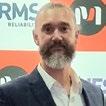
Rowan Watt
Reliability Engineer, Rio Tinto
Optimising Maintenance with Dynamic Equipment Criticality Analysis (ECA): A Data-Driven Approach
Prioritising maintenance work is crucial in an environment where resources, time, and budget are limited. We must continuously adapt our approach to the ever-changing operational landscape to answer critical questions such as:
• Which assets are the most critical to our operations?
• Which lower-criticality equipment can have their maintenance deferred or moved to run-to-failure (RTF) strategies without increasing risk?
• How does the failure of a single piece of equipment impact the overall system?
At Woodside, the traditional A/B/C equipment classification system proved insufficient for managing the risk of failure across our global fleet of over half a million assets. This method lacked the precision to prioritize truly critical equipment and assess potential risks to both people and the plant.
The Solution:
I was part of a team that developed and implemented a dynamic, data-driven Equipment Criticality Analysis (ECA) program. This new approach evaluates equipment based on 14 key parameters, assigning a score out of 100 to quantify its criticality. What sets this ECA apart is its live, dynamic nature—integrating with real-time data sources to automatically adjust criticality scores as operational conditions change. For example, if a piece of redundant equipment fails, the criticality of its backup automatically increases.
Key Achievements:
• Successfully conducted ECA on over 200,000 pieces of equipment.
• Transitioned from static to dynamic ECA, ensuring criticality scores remain relevant in real-time.
• Leveraged ECA to reduce overall maintenance hours while maintaining operational safety.
• Currently exploring ways to further integrate ECA into maintenance planning to optimise resource allocation.

Shereya Parashar
Reliability SME, Woodside Energy
Getting Back to Basics –Maintenance Practices that Deliver World Class Results
This session is based on a real case study I completed 25 years ago. I was reminded of this as I attended Drew Troyer’s recent workshop in August, as his paper described the experience I had when I did the case study all those years ago. It reinforced for me that a back-to-basics approach is sometimes the best solution.
• Describing the process used to identify/develop areas for improvement. Failure data from previous four years was reviewed years with simple failure types created for failures.
• Why Pareto charts was developed identifying the failure types that provided the greatest opportunity for improvement.
• How failures were assessed against current Preventative Maintenance (PM) and Condition Monitoring (CM)tasks for effectiveness.
• Along with changes to PM/CM programmes a focus was placed on improving maintenance and repair quality focussing on precision or back to basics standards which included:
– Precision alignment
– Precision balance
– Lubrication best practices
• The results were significant and demonstrated ongoing avoided costs due to a significant reduction in unplanned failures.

Brian Ropitini
Managing Director and Executive Advisor, Mana Consulting NZ
All Your Data in One Pane of Glass
One of the most impacted industries during Covid, was the Airline industry.
Bringing multiple data sources into one single view and pane of glass to make informed and smarter decisions, was vital to change the maintenance program – and bring aircraft back online after long term groundings and storage. Airlines needed to look at over a year’s worth of data to ensure that the aircraft were safe while minimising any potential surprises.
The was also a need to improve work scope to maximize capability, helping to cope with losing skills and an aging workforce, post-COVID, that is almost impossible to replace at the same rate. New skillsets were created in the team to extract value from this data, combining data analytics and practical knowledge of the systems. Bringing this all together brought success to predictive maintenance and defect management teams.
Combining data sources of sensors, maintenance information data, in-flight alerting, spare parts type provisioning, and other general IP into an accumulated data centralised capability speeds up the research activity. This effectively aggregates the data, bringing it into a common format or common location.
Hear how these systems (often SAAS) result in much more varied data sources, reducing the specialist capabilities and coding capabilities required. They also don’t need to be implemented across all the infrastructure across the business.
Benefits are being better at maintenance activity, continually improving our maintenance program to lower the cost of maintaining the asset, maximizing yield, improving safety and minimizing disruption.
• There is no perfect tool – just start the journey and your use of the tools will evolve.
• E xtracting the data away from the original source allows great manipulation.
• U nderstand that technology is accelerating at a rate faster than most of our assets
• You have to develop the skills within your team to make smarter decisions.

David Kelly
Manager QE Business Technology and eEnablement, Qantas
Advancing DEI in Maintenance & Reliability Teams
There is an acceptance that DEI is a crucial issue for the future success of their organisation. But many significant questions remain in how to practically make this a reality. How can we attract and retain a diverse workforce in maintenance and reliability? What role can maintenance and reliability teams play in promoting DEI throughout the organisation? How can we create a culture of inclusion where all employees feel valued and respected?



Matthew Brierley Manager – Health, Safety and Risk, Newmont Australia
Jess Tandy Manager – Mobile Maintenance Fortescue
Georgia Molyneux Head of Asset Management & Engineering BHP
An Asset Management Journeya Path for Continuous Asset Management Improvement
In November 2023, Pilbara Ports undertook an asset management maturity assessment that considered ISO55000 and ISO55001 - Asset Management – Management Systems – Requirements, in line with the Global Forum on Maintenance and Asset Management (GFMAM).
This resulted in 64 recommendations to improve Pilbara Ports’ asset management maturity. Pilbara Ports asset management maturity now consists of the review, development and alignment of its SAPSAMP and AMF, aligned with the organisations goals whilst also considering the asset lifecycle from acquisition to disposal.
The importance of asset management maturity assessments that consider ISO5500 and ISO55001 Asset Management – Management Systems – Requirements and the GFMAM
Understanding assessment results and recommendations to improve asset management maturity
Building the knowledge and skill set within your business and the people who live in it
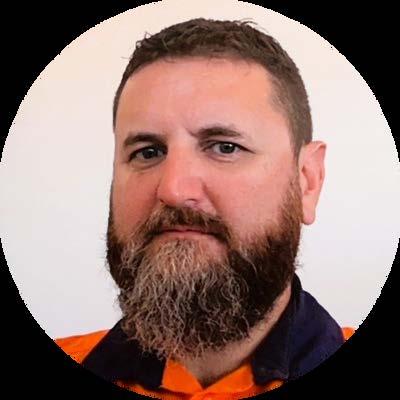
Adrian Fahey Asset Planning Manager
Pilbara Ports
Asset Performance Management (APM): Unlocking Value, Realizing Potential, Navigating Reality
This interactive panel discussion will explore the options, benefits and challenges of implementing APM in industries that place a high demand on their assets. With all industries facing rising operational costs, ongoing equipment downtime, and the need for greater sustainability, can APM offer the sort of transformative solutions through predictive maintenance, real-time monitoring, and data-driven decision-making that it promises?
This session will bring together broad industry expertise to discuss their experiences in implementing APM with a focus on improvements in measurable asset reliability, reduced unplanned downtime, and extended equipment life. The panel will also address the specific challenges of applying APM in harsh operating environments, integration with legacy systems, and the need for workforce training.
Through interactive dialogue and case studies, participants will gain practical insights into the effectiveness of APM, as well as how to leverage it for greater operational efficiency.

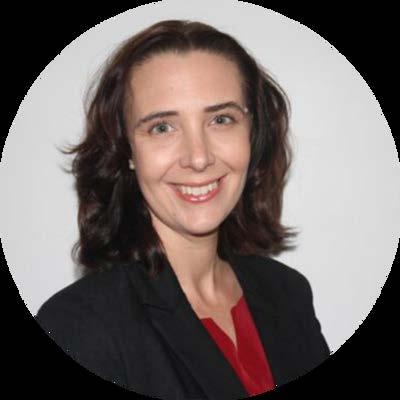
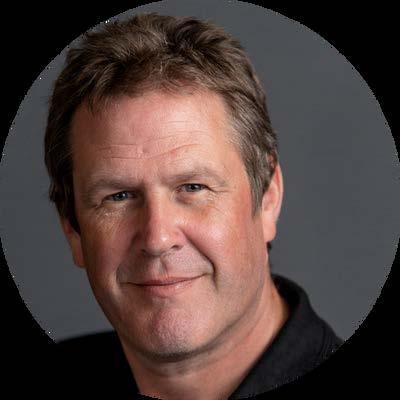

William Fry ARMS Regional Consulting Leader, Baker Hughes
Melissa Aspinall Asset Performance Regional Manager, WA Water Corporation
Richard Jeffers, Owner, Two6 Services Todd Beaton Manager Productivity, Roy Hill
Highlighting Shutdown Best Practices by Avoiding Parkinson's Law
By adhering to these principles and implementing the suggested practices, organisations can mitigate the effects of Parkinson's Law in shutdown management, resulting in safer, more efficient, and costeffective shutdowns.
In this session we'll highlight best practices and learn how cultural shift towards disciplined shutdown management, prioritising proactive planning, realistic timeframes, and a collaborative, integrated approach to optimise shutdown operations.
• Parkinson's Law and Shutdowns
• Shutdown Management Best Practices
• Strategic Planning and Integration
• Realistic Deadlines and Scope Control
• Proactive Execution
• Continuous Improvement
• Benefits of Effective Shutdown Management

Peter Durrant
Adjunct Principal – Education and Change Management, Covaris
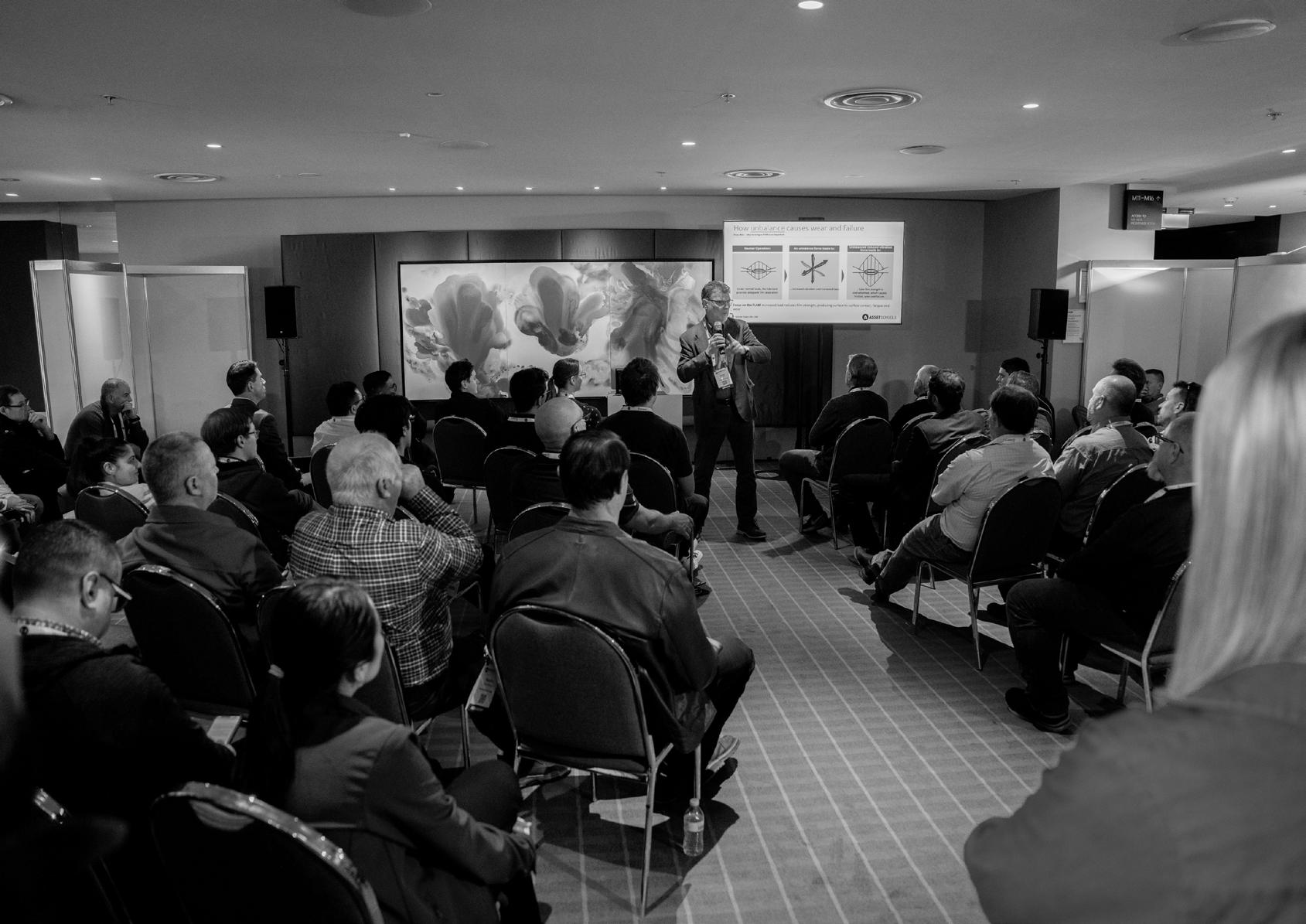
Workshop Day
7 March 2025
These interactive 6-hour workshops take place the day after the MAINSTREAM Summit on 7th March. Each one is experiential, hands-on, and led by subject matter experts. Being limited in numbers, these workshops are exclusively for those attending the MAINSTREAM Summit. They are optional and separately bookable and run from 8:30am – 3:00pm at the Perth Convention Centre.
Asset Management in Dollars & $ense: Create Value and Competitive Advantage
Creating value in the mining industry comes down to three factors –market conditions, geological quality, and the performance of physical assets. As is the case with most commodities, management has little control over the market. We trust that the geology is good, otherwise, we wouldn’t be mining the area. The performance of the physical assets is the one dimension over which management wields a great deal of control.
Asset management is often viewed as synonymous with maintenance – generally considered a cost centre. In this workshop, we intend to change your perspective. Managing the performance of the assets must be viewed through a different lens – as a value centre.
We begin with an overview of the four primary value and loss/risk drivers:
• How upper quartile asset management practices drive EBIT/EBITDA.
• The potentially disastrous effects of asset management gone awry.
• How asset management increases safety performance.
• Asset management and your energy and carbon footprint.
We’ll conduct an interactive workshop to address how asset management drives EBIT/EBITDA, a lean balance sheet, and ultimately, RONA/ROCE – the true value of a company. Then we’ll set our sights more strategically and discuss how asset management can differentiate you in the market and create a competitive advantage.

Drew Troyer
Group Head of Asset Management, Rio Tinto
The SAMP Blueprint: Build and Execute Your Asset Management Strategy
This six-hour dive into Asset Management, specifically the Strategic Asset Management Plan (SAMP) is designed to be a fun and informative look at what it takes to establish a successful and forward-thinking strategy towards all vital equipment and, as importantly, get the necessary and needed stakeholders to be fired up about it. With their newly found passion and energy, stakeholders are more likely to stay within the ‘lines’ of the plan, contribute to its execution, measure the effectiveness of the SAMP and suggest ideas to make improvements as time goes by. Generating ideas is seldom ever an organization’s problem. Consistently executing the plan, year in and year out, is another issue altogether. Participants in this workshop will gain practical and ready-to-use knowledge:
• Design, Build, and Install for the highest level of inherent reliability
• Translating organizational objectives into Strategic Asset Management Plans (also referred to as: Asset Reference Plan)
• The value of knowing an asset’s Life Cycle and Life Cycle Cost
• Establishing the necessary ‘control activities,’ or the stuff we actually do (Preventive, Predictive maintenance)
• Determining spare part requirements
• Auditing the SAMP
• Evaluating performance
• Continuous Improvement
The workshop will conclude with an engaging discussion on the general review and audit practices around measuring the application of the plan and the measurements of its intended effects. From those effects, an organization will take action to either leverage positive outcomes or compensate with improvement actions for negative results. This is continuous improvement. This workshop encapsulates almost the entirety of Asset Management, choosing to focus on the line from organizational objectives to continuous improvement by focusing on the Strategic Asset Management Plan.

Dr John Ross CEO,
Maintenance Innovators (US)
Unlocking Productivity: The Untapped Power of Maintenance Planning
The MAINSTREAM 2025 research identifies a ‘Decreasing Quality and Integrity in Work Management Fundamentals” as one of the major obstacles to achieving Maintenance and Reliability Excellence. A deterioration in the adherence to strong maintenance planning fundamentals is at the heart of this challenge.
Often overlooked, effective planning is a game-changer for organisations, optimising resource utilisation and enhancing team focus. This workshop is designed to link the vital role of maintenance planning to productivity increase.
Strong planning practices foster clarity, streamline task prioritisation, and improve risk management. You will discover a myriad of benefits in continuous improvement and effective communication as we highlight actionable steps to elevate maintenance planning.
• Key benefits of planning, and how they supercharge operations
• Three essential stages of the planning process
• Best practices for value assessment
• The conse quences of poor planning on operations, emphasising the stakes involved
Peter commenced a dedicated maintenance career as an electrical fitter and technician. He worked his way up through the ranks in the Navy to hold senior engineering roles both at sea and then as GM of the Submarine Corporation. After the Navy, he transitioned to senior management roles in mining and resources. Peter has significant experience in work management and the behavioural aspects of sustainable organisational change with operators and maintainers. He is passionate about unlocking productivity through strong maintenance planning.

Peter Durrant
Adjunct Principal – Education and Change Management, Covaris
Who sponsors MAINSTREAM?
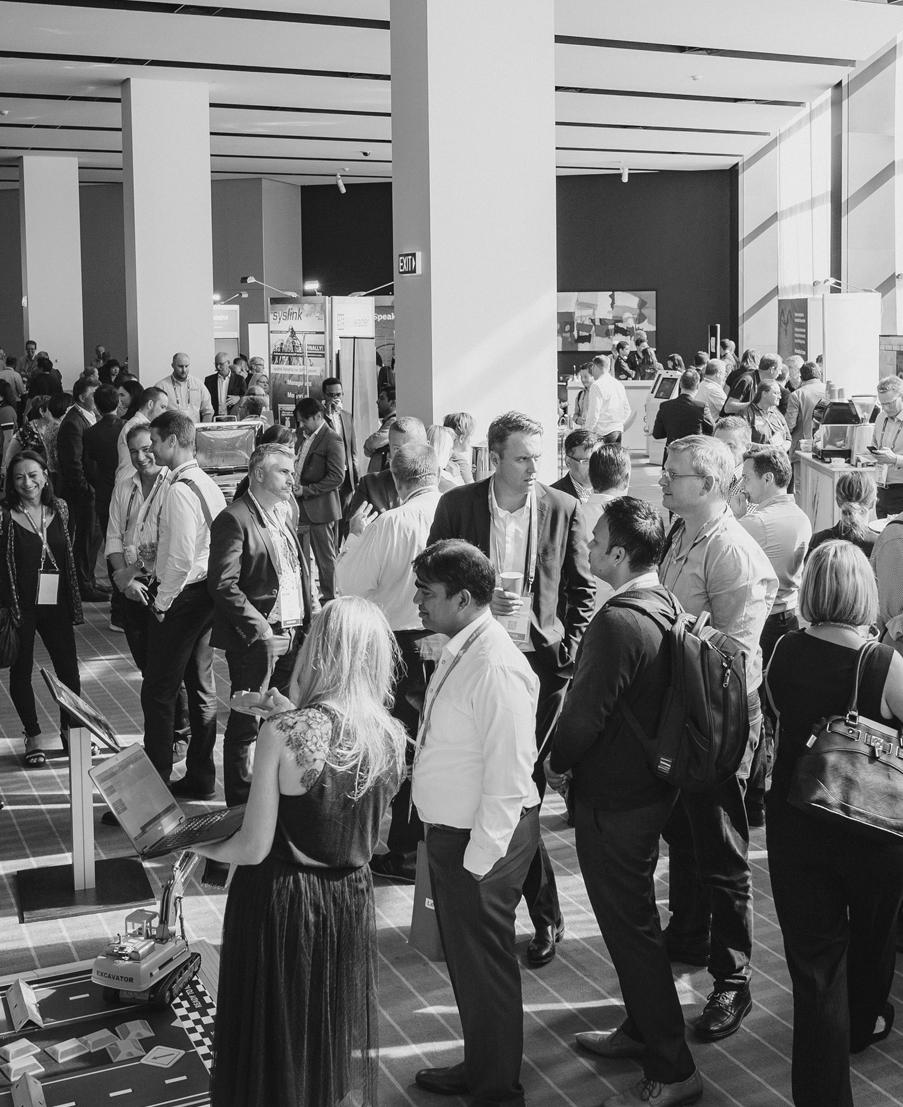
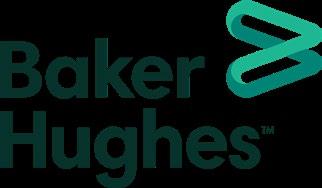






















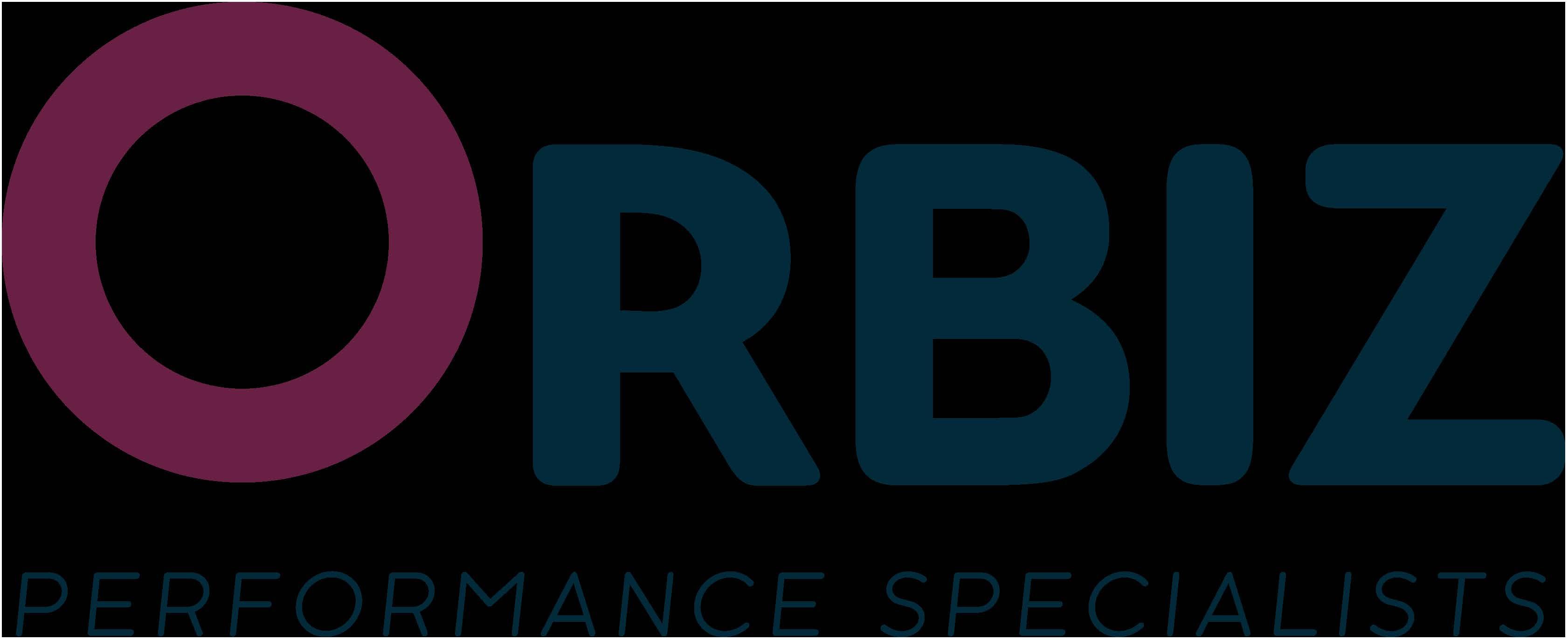












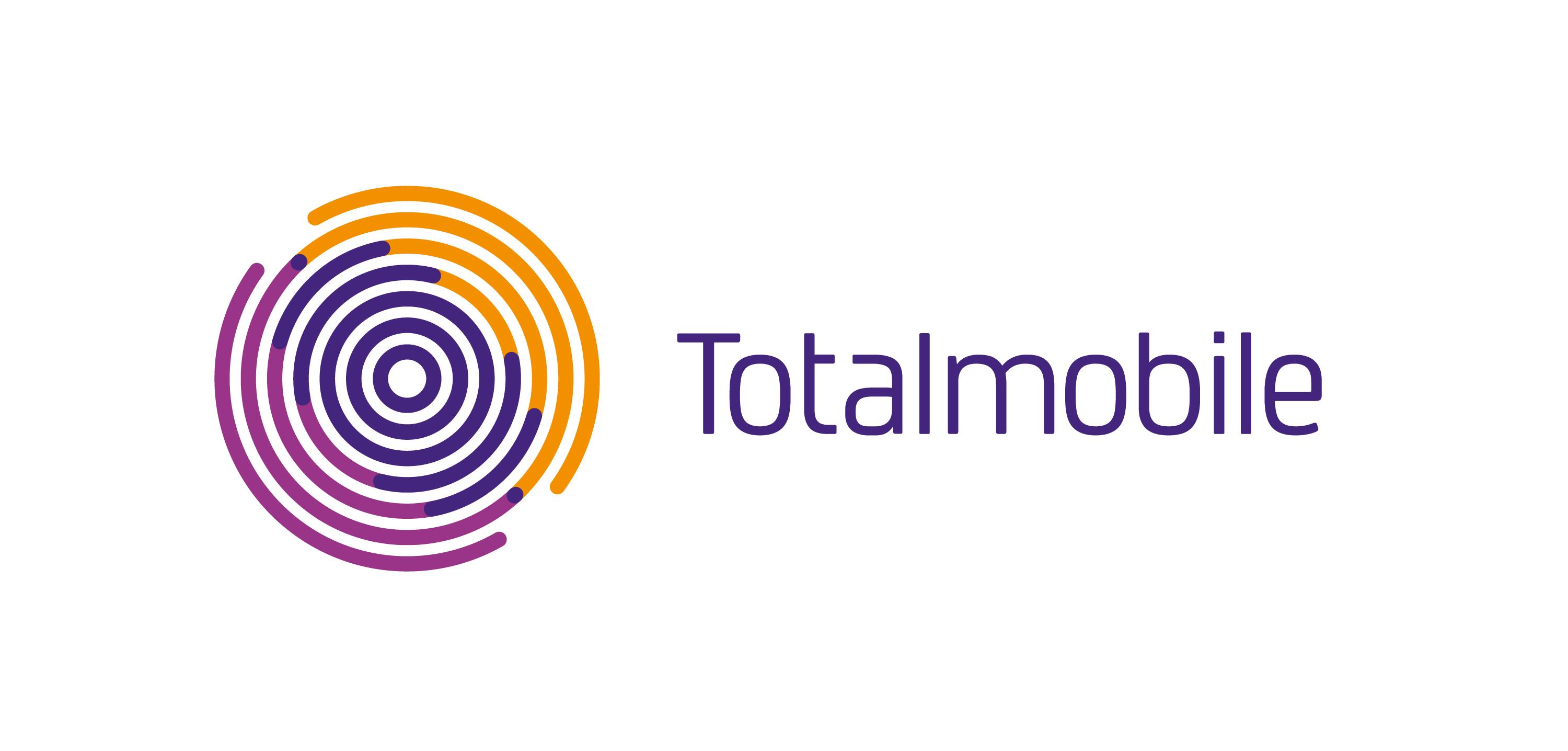






Get Your Tickets
Advisory Team 2025
Manuel Cifuentes

Head of Maintenance Strategy & Governance, BHP
Leanne Corner

Maintenance Governance Strategy Manager, BHP
Kass Nofz
GM – Asset & Materials Management, Fortescue

Jill Holmes
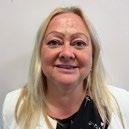
Asset Management Strategic Lead, BAE Systems Australia
Paul Sheppard
Maintenance Manager, Talison Lithium
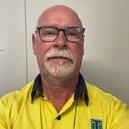
Matt Papaphotis
Ruben Schon

Maintenance Planning Superintendent, AngloGold Ashanti
Ronald Du Toit

Manager Fixed Plant Engineering, Rio Tinto
Karike Martin
Maintenance and Reliability

Engineering Manager, GMA Garnet Group
Tim Aujard

Head of Asset Performance, Australian Gas Infrastructure Group (AGIG)

Jamie McMahon
Practice Lead, Asset Management
Technology and Analysis, Rio Tinto

Maintenance Superintendent, CBH Group
Roh Perera
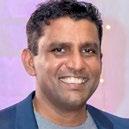
Planning Supervisor, Macmahon Holdings Limited
Todd Beaton
Manager Productivity, Roy Hill
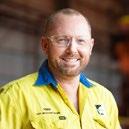
Melissa Aspinall

Asset Performance Regional Manager, Water Corporation
Shereya Parashar
Reliability SME, Woodside Energy

Anshul Bajpai

Engineering & Asset Management Manager, Public Transport Authority of WA
Marty Stafford
Assets Manager, Southern Ports

Jakob Verhoef

Principal Engineer – Asset Management, WesCEF

Nathan Campbell Manager Engineering & Maintenance, Tianqi Lithium Energy Australia
Briohny Evans
Manager Mine Services, Fortescue

Nick Dawe
Executive General Manager –

Major Projects and Engineering, Pilbara Ports

Rebecca Penglase Manager, Ports Asset Management, Rio Tinto
Ryan Morelli

FP Maintenance Superintendent, BHP
Raj Patel

Maintenance Superintendent, Gold Fields
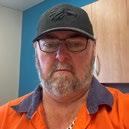
Peter Leonard
Manager Maintenance Services, Mid West Ports Authority
Steven Pell
Global Fixed Maintenance

Engineering Superintendent, Newmont Australia
Paul Greco

Engineering & Reliability Superintendent, Rio Tinto

Damien D’Antoine
OPF Planning Superintendent, Fortescue
Aaron Kenzler

Maintenance & Reliability Manager, INPEX Operations
Leigh Morris
Principal Learning Business

Partner – East Coast, BHP
Luke Birkett

Head of Asset Management and Engineering, Roy Hill
Watch
MAINSTREAM Summit in 2 minutes
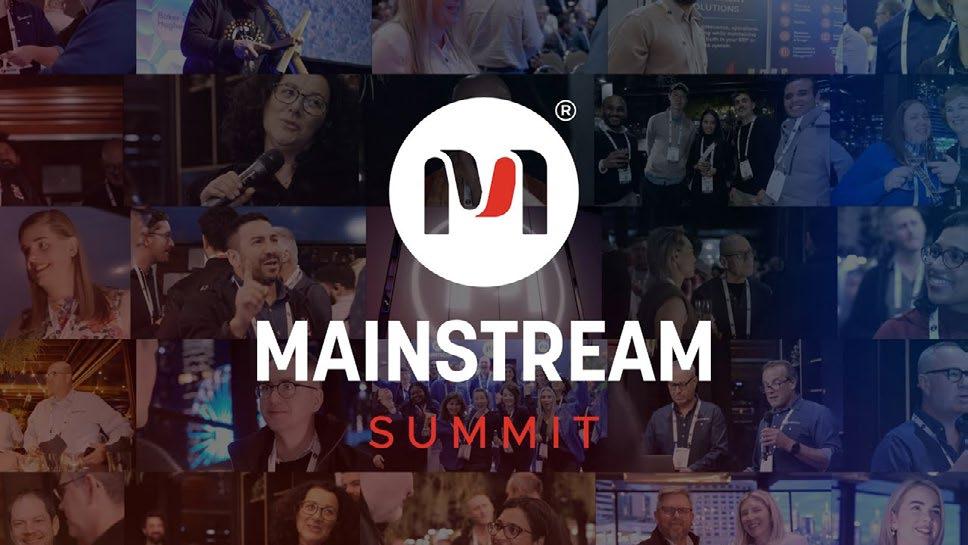

Download your report to understand best practices, compare your companies’ performance and working environment to those inside and outside your industry, and make informed and effective decisions around your assets and your people.
Go to:
www.mainstreamcommunity.com/summit/topics

+61 411 883 266
lisa.irving@mainstreamcommunity.com


+44 7901 150 405

+27 837 002 282
ansumi.debruin@mainstreamcommunity.com

+61 433 755 653 guy@mainstreamcommunity.com

418 876
